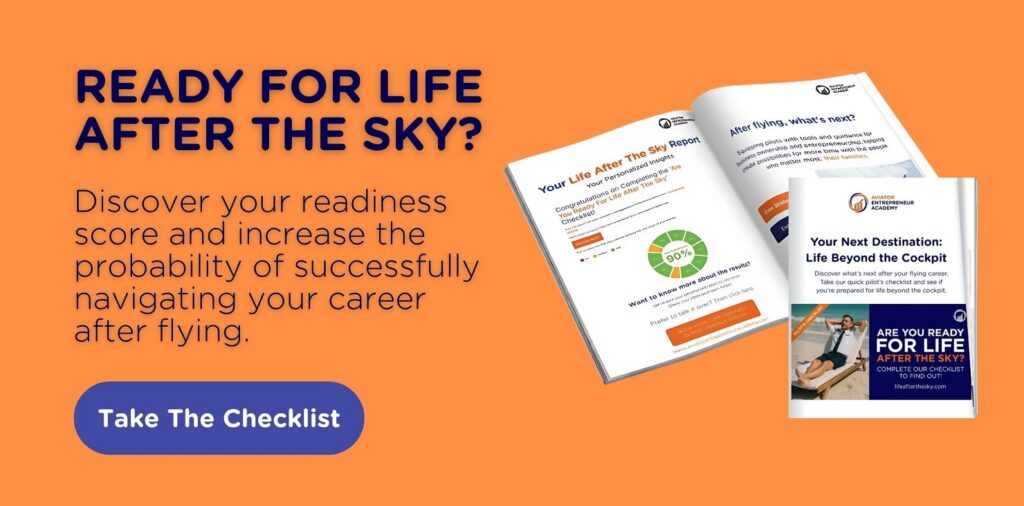Every day, we spend approximately 6 hours and 38 minutes on our screens. That’s nearly the flight time from New York to London.
Yet most of the time we can’t recall where our mind actually went.
We think it’s for just five minutes, right? But those minutes stretch into hours of mental turbulence, guided by algorithms that never sleep.
AI-powered content is engineered to be sweet, addictive, and irresistible. It’s quietly rewiring the way we think, focus, and live. The effects build slowly, and by the time they’re visible, the habits feel too ingrained to break.
Let’s explore what’s gone wrong and how we can take back control.
Key Takeaways
- Attention is the new sugar: In the 1800s, sugar became a daily habit, which eventually led to addiction, obesity, and chronic illness. Today, attention is being hijacked the same way sugar once hijacked the body. The result? Mental overload disguised as entertainment.
- AI knows your weak spots: AI doesn’t just show what we like; it studies our behavior. It knows when we’re most likely to engage and keeps us there.
- Screen time is on the rise: Average screen time has increased steadily over the past decade. What started as helpful tech now runs our routines.
- Protect our focus like a pro: Rebuilding attention starts with small habits. Limiting screen time, scheduling deep work, and taking digital breaks. These steps are essential for clarity in a noisy world.
- Audit ourselves before we drift: The Life After the Sky Scorecard helps measure where our focus goes. It’s a quick but powerful tool to regain control. If we don’t manage our attention, algorithms will do it for us

The Sugar Parallel: A Sweet Trap with a Sour End
In the 1700s, sugar was rare and expensive. It was something only the wealthy could afford. However, by the 1800s, it became a daily staple, mixed into everything from tea and cakes to sauces.
People didn’t question it because it tasted good and gave them a lift. What they didn’t realize was that sugar was hijacking their biology.
Over time, addiction took hold. Obesity, diabetes, and chronic health issues followed. The long-term effects weren’t obvious at first, but they eventually impacted entire generations.
Now, swap sugar for attention. The delivery system here is AI-powered content. Social media, streaming platforms, and even our inbox are engineered to trigger the same pleasure circuits that sugar once did.
The AI doesn’t just know what we like. It knows when we’re vulnerable, how long to keep us engaged, and what to serve us next.
Average Screen Time Has Doubled
Over the past 50 years, sugar consumption has tripled. Even Yudkin mentioned this problem in his book “Pure, White and Deadly” published in 1072. The line reads as:
“If only a small fraction of what is already known about the effects of sugar were to be revealed in relation to any other material used as a food additive, that material would promptly be banned.” ~ Pure, White and Deadly.
Following a similar curve, average screen time has increased by 31 minutes from 2013 to 2024. We’ve transitioned from using technology to manage our lives to letting it dictate our days.
Here’s the big question for us: What if the thing that feels good at the moment is quietly ruining our mental metabolism? What would we do about this now?
AI’s Obsession with Capturing Our Attention
We may think we’re choosing what to watch, scroll, or click, but most of the time, AI already chose it for us.
“If we’re not paying for the product, we are the product.” ~ Tristan Harris, Center for Humane Technology.
Today’s leading platforms, such as YouTube, TikTok, and Instagram, aren’t just software. They are attention laboratories. Thousands of engineers and behavioral scientists work behind the scenes, feeding AI with billions of data points to predict exactly what will keep us engaged.
It’s by design, not just a coincidence. TikTok’s AI can create a basic psychological profile in just 40 minutes, based on what we watch and how long we linger.
The Cost of Constant Attention Switching
Cal Newport, the author of Deep Work, calls it “attention residue,” that mental hangover when we try to switch from scrolling to something meaningful. Add to that what he terms “time confetti,” where our focus gets shredded into useless silvers.
Studies show that it takes 23 minutes and 15 seconds to return to deep focus after a single distraction. This means even a single distraction can cost us hours in wasted time.
It might have clicked something in our mind, too.
How often do we pick up our phone to check a single thing and come back 30 minutes later wondering what happened? That’s what distractions and AI do.
The Business of Wi-Fi and Distraction
Distraction has now become a business model and is everywhere.
Step into a café, airport lounge, or coworking space, and notice the first thing people ask. Not about the menu. Not about directions.
It’s: “What’s the Wi-Fi password?”
According to credible sources, 96% of customers consider Wi-Fi access before visiting a location. It has shifted from a convenience to an expectation.
This shift reflects a growing reliance on instant digital stimulation, something businesses have learned to monetize through constant connectivity and attention-based platforms.
When Wi-Fi Drives Revenue
Companies have learned that keeping us connected keeps us around. Yelp’s internal analysis found that restaurants offering free Wi-Fi experience higher table turnover rates, not slower ones.
In airports, lounges, and hotels, Wi-Fi isn’t optional. It’s expected. In most cases, it’s not even for anything productive, just passive consumption.
Now, imagine this from the perspective of an aviator entrepreneur. We sit down at a coworking desk, intending to plan our next venture. We open our laptop… but within minutes, we’re on Instagram, LinkedIn, or YouTube.
The intention was noble. The outcome? Hijacked.
And ironically, places that refuse to offer Wi-Fi report fewer visitors.
What This Means For Aviator Entrepreneurs
As a pilot, we’re trained for focus. We understand sterile cockpits, checklist discipline, and situational awareness.
But when the headset comes off and the app notifications come on, we don’t realize what we’ve just traded.
The same precision that kept us safe at 36,000 feet is now being quietly drained by algorithmic noise.
- We’ll tell ourselves it’s “just five minutes on our phone.”
- But five minutes becomes fifty.
- Fifty becomes a lost day.
- And lost days compound into lost direction.
Every time we bounce from Instagram to email to Facebook to a Whatsapp message, a part of our focus stays behind. Over time, it erodes our ability to think deeply or creatively.
This matters more for pilots than most, because our edge isn’t in marketing or design; it’s in clarity. We’re used to operating in high-pressure environments, but algorithms don’t care about structure.
They’re designed to break it.
The Antidote: Reclaiming Focus in an Age of Hijacked Minds
There’s a reason high-performing individuals are now crashing. It’s not because of a lack of intelligence or opportunity. It’s because their attention is under siege.
Pilots know the power of a checklist. So here’s ours:
1. Start with Digital Hygiene
Set clear boundaries on when and how to use our devices. Make sure to spend one hour without our phone when we wake up. This one method has been shown to reduce daily screen time.
2. Practice Deep Work
Block 90-minute sessions for uninterrupted focus. No tab, no notifications, just one task. Remember, deep work isn’t a productivity hack; it’s our edge in a distracted world.
3. Schedule Internet Fasts
Every week, we should take a short digital break. We don’t have to do it for 24 hours straight in the first try; however, it’s recommended to go as much as one whole day. This digital detox has helped people in the past by boosting mental clarity and self-control.
4. Audit Our Digital Diet
If what we consume shapes who we become, then who are we becoming through our feed? Remove one app this week that offers us nothing in return.
Introducing the Life After the Sky Scorecard
Before jumping into the next chapter of our life, let’s run our attention through this checklist:
- Are we building… or just reacting?
- Do we own our time, or does the algorithm own us?
- How much creative energy are we losing each day?
The Life After the Sky Scorecard serves as your cognitive pre-flight checklist. A 3-minute, no-fluff audit designed for pilots and professionals ready to reinvent themselves with intention.
Your future is waiting, but only if you can stay focused long enough to build it.
Invitation to join our FREE Strategy Session
Most pilots are one honest conversation away from clarity. This is that conversation.
Complete our “Life After the Sky” checklist, then join me for a FREE 15-minute “Strategy Session” via Zoom.
This session has been created for pilots who want to take ownership of what comes next.
Those who want action, not just to talk about it.
In just 15 minutes, we’ll:
- Review your checklist results
- Identify the one obstacle holding back your reinvention
- Translate your checklist results into a clear starting point
Start your pre-flight assessment for the next chapter of your journey by Booking your free strategy session here!



